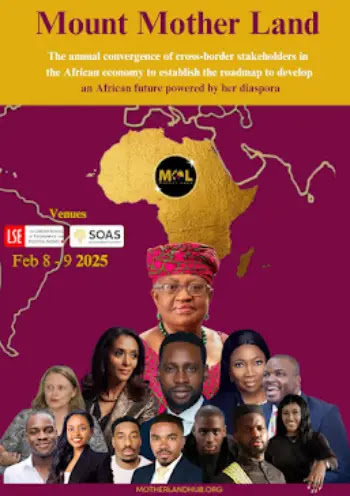Takaichi, 64, a hardline conservative and long-time member of the ruling Liberal Democratic Party (LDP), was chosen by lawmakers in the lower house of parliament on Tuesday, October 21, securing 237 votes to 149 against her closest rival, Yoshihiko Noda, leader of the opposition Constitutional Democratic Party.
She also won approval in the upper house, clinching 125 votes to 46 after falling just one vote short of a majority in the initial round.
Her election represents a milestone for gender representation in Japan, where women remain severely underrepresented in government leadership positions.
A protégé of the late Prime Minister Shinzo Abe, Takaichi is known for her nationalist views and tough conservative stances. She has consistently called for a stronger military, stricter immigration controls, and the revision of Japan’s pacifist constitution. Over her career, she has held several key cabinet positions, including Minister of Economic Security, Internal Affairs, and Gender Equality.
Takaichi’s rise to the premiership follows her victory in the LDP leadership race earlier this month, after previous unsuccessful attempts in 2021 and 2024. However, her path to power was uncertain after the centrist Komeito Party withdrew from the ruling coalition.
To secure her win, the LDP struck a last-minute deal with the Japan Innovation Party (Ishin), shifting the governing coalition further to the right. Despite this, political analysts warn that she enters office with weakened authority, as the LDP continues to face declining public trust amid corruption scandals and growing frustration over rising living costs.
“She emerges from this a diminished leader from the get-go,” said Jeff Kingston, Professor of Asian Studies and History at Temple University’s Japan Campus.
Takaichi’s first major diplomatic challenge will come almost immediately, with U.S. President Donald Trump scheduled to visit Japan next week as part of an Asia tour that also includes Malaysia and South Korea.
“She doesn’t have much time to prepare for a wave of diplomatic activity,” Kingston added. “But her top priority remains stabilizing the Japanese economy.”











































0 Comments